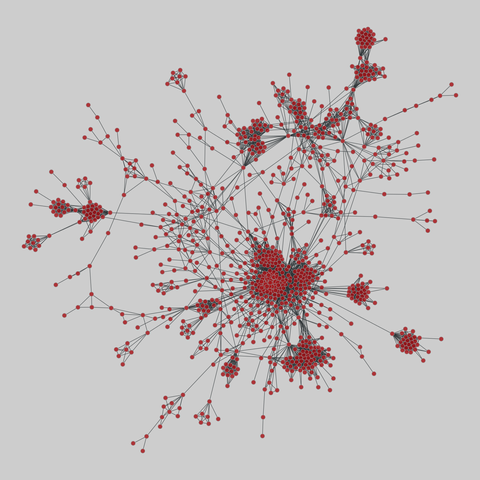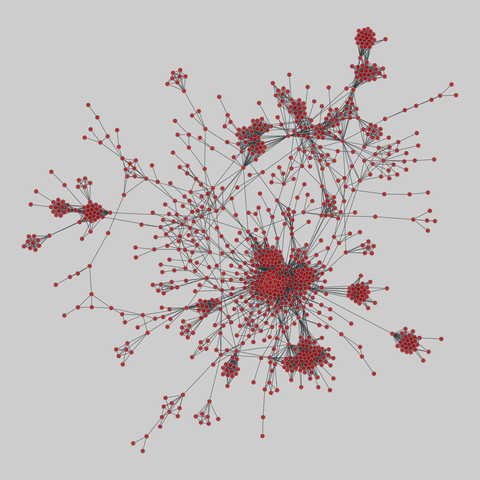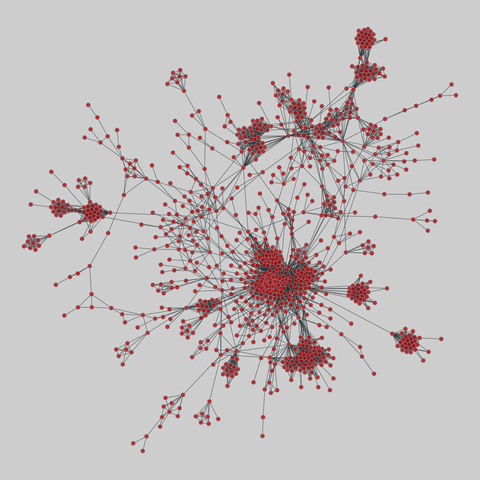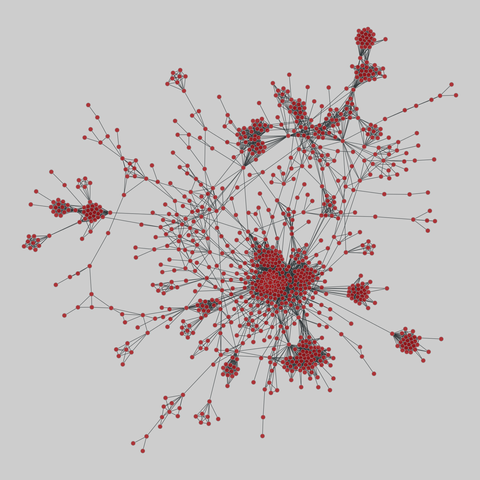Day 18: Mark Oshiro
Having just learned that Oshiro is nonbinary, they're an instant include on this list. In veering extremely heavily towards YA, and losing a spot that would have gone to an absolutely legendary mangaka, anime writer, or feminist philosopher, but "Anger is A Gift" and "Each of us a Desert" are just that good, and I'm trying to steer a bit towards towards lesser-known authors I respect.
I already mentioned "Anger is a Gift" above, but to recap, it's a painful, vivid, and beautifully honest story of queer love, loss, and protest against an oppressive system. CW for racist police murder, intergenerational trauma, and police brutality against highschool students. It's a book a lot of Americans could benefit from reading right now, and while it's fiction, it's not fantasy or sci-fi. Besides the themes and politics, the writing is just really solid, with delicate characterization and tight-plotted developments that are beautifully paced.
To me "Each of us a Desert" is maybe even more beautiful, and Oshiro leaps into a magnificent fantasy world that's richly original in its desolation, dark history, lonely characters, and mythical magic. Particularly the clearly-not-just-superscription but ambiguously-important/powerful magical elements of Oshiro's worldbuilding are a rare contrast to the usual magic-is-real-here's-how-it-works fare, and pulling that off a all as they do is a testament to their craft. The prose is wonderful, probably especially so if you speak Spanish, but I enjoyed it immensely despite only knowing a few words here and there. The rich interiority of the characters, their conflicts both with each other and within themselves, and the juxtaposition of all that against origins in cult-like ignorance allows for the delivery of a lot of wisdom and complex truths.
Between these two books, so different and yet each so powerful, Oshiro has demonstrated incredible craft and also a wide range of styles, so I'm definitely excited to read more of their work and to recommend them to others.
I'm also glad to have finally put a nonbinary author on this list; the others I had in mind won't make it at this point because there's too much genre overlap, although I'll include them in my didn't-make-it list at the end. I've now got just 2 slots left and have counted up 14 more authors that absolutely need to be mentioned, so we'll see what happens.
#20AuthorsNoMen










































































